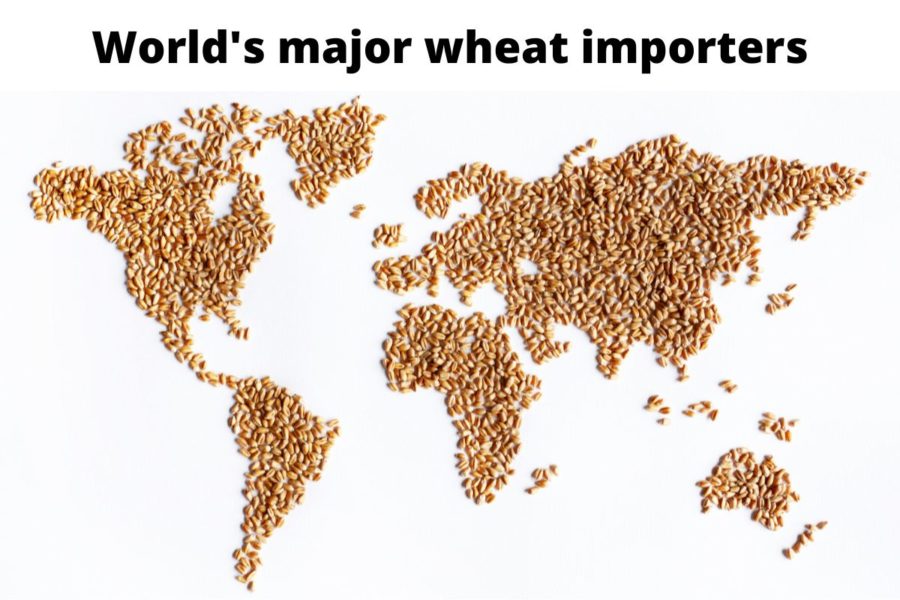
Slideshows
Top 10 Stories of 2022
KANSAS CITY, MISSOURI, US — When Russia invaded Ukraine on Feb. 24, it set off a chain reaction in the global grain markets that was felt from the hungry living in less-developed nations to the top echelons of government and agricultural industry leadership.
While the war and its fallout were the most shocking shakeup of 2022, climate change, mergers, sustainability and biotechnology continued to push innovative and practical solutions for the global grain and milling industries.
One can never predict the future with 100% confidence, but looking back at the previous year, we might be able to determine where the trends will take global agriculture in 2023.
The following areWorld Grain’s top 10 stories for 2022.World’s major wheat importers
In the USDA's August World Agricultural Supply and Demand Estimates (WASDE) report, the world is projected to produce 779.60 million tonnes of wheat and provide 208.65 million tonnes for export in marketing year 2022-23.
These are the eight major wheat importing nations/regions by tonnes as listed in the monthly WASDE and their annual production projections.
Russia’s invasion of Ukraine in February and the persistent La Niña climate phenomenon have combined to create some of the most volatile market conditions in recent memory, sending prices skyrocketing as nations that depend on wheat to feed their populations scramble to secure supplies.
Each month, the WASDE releases new projections to reflect the most recent global market and production conditions, and this slideshow will be updated with those changes.




